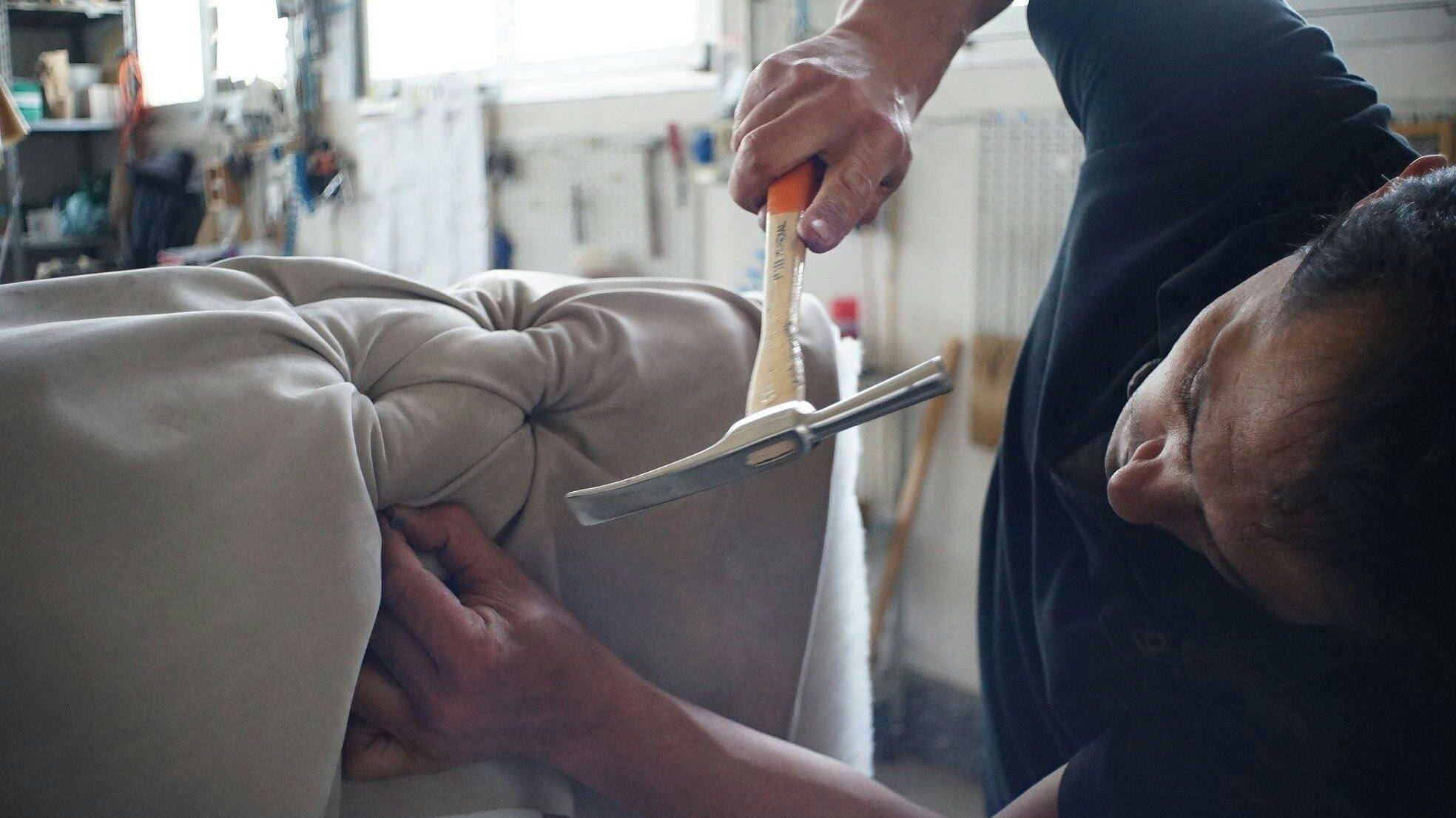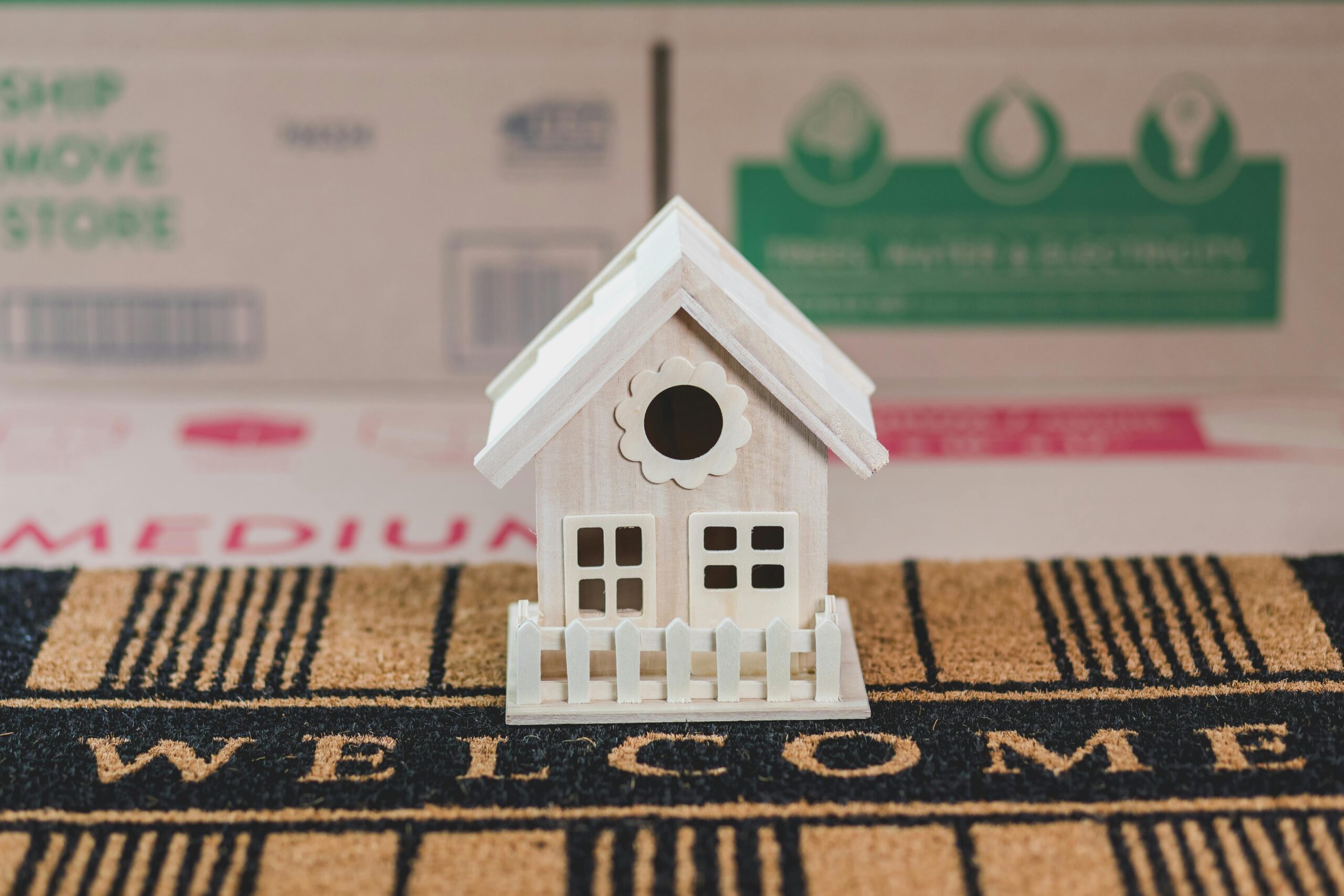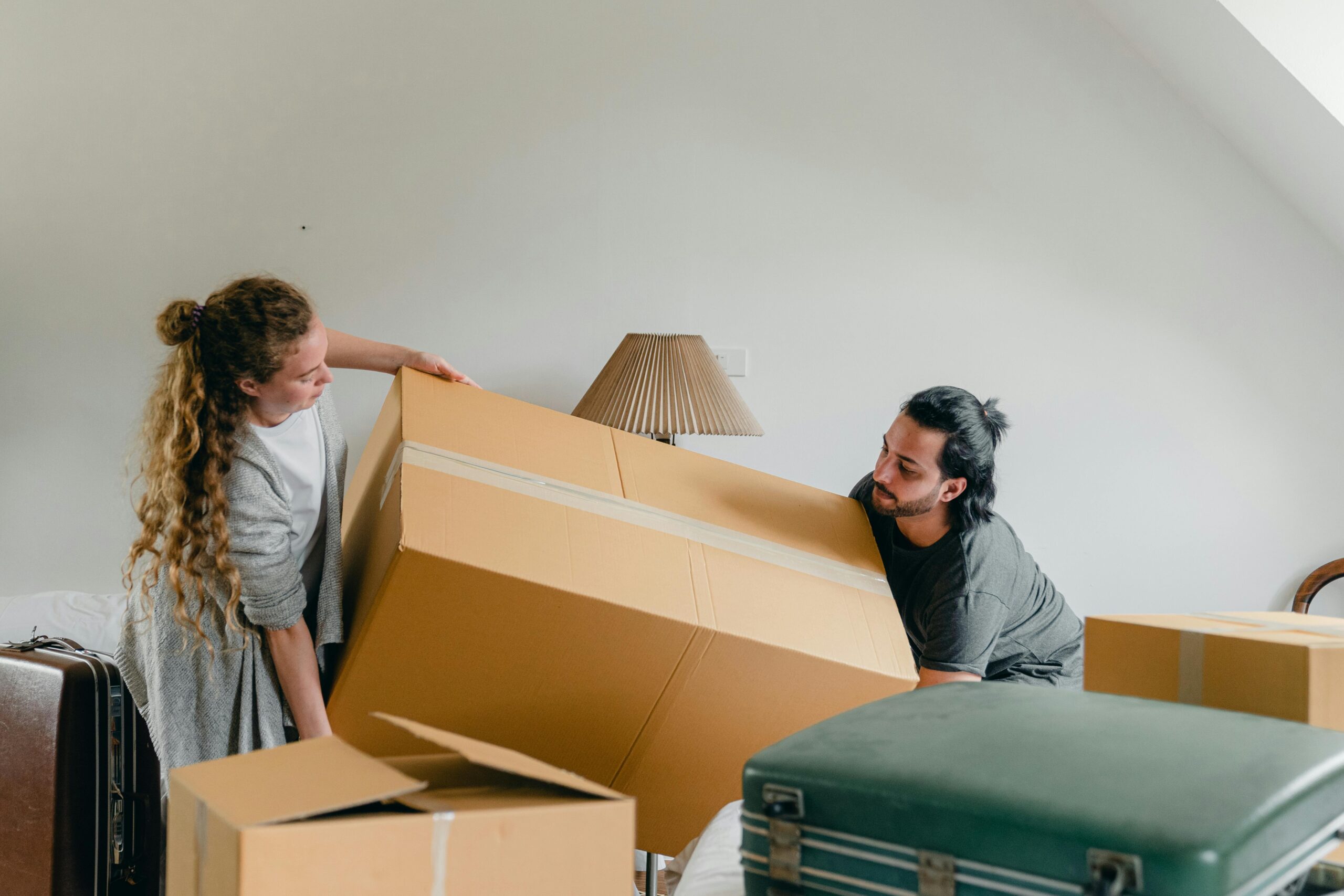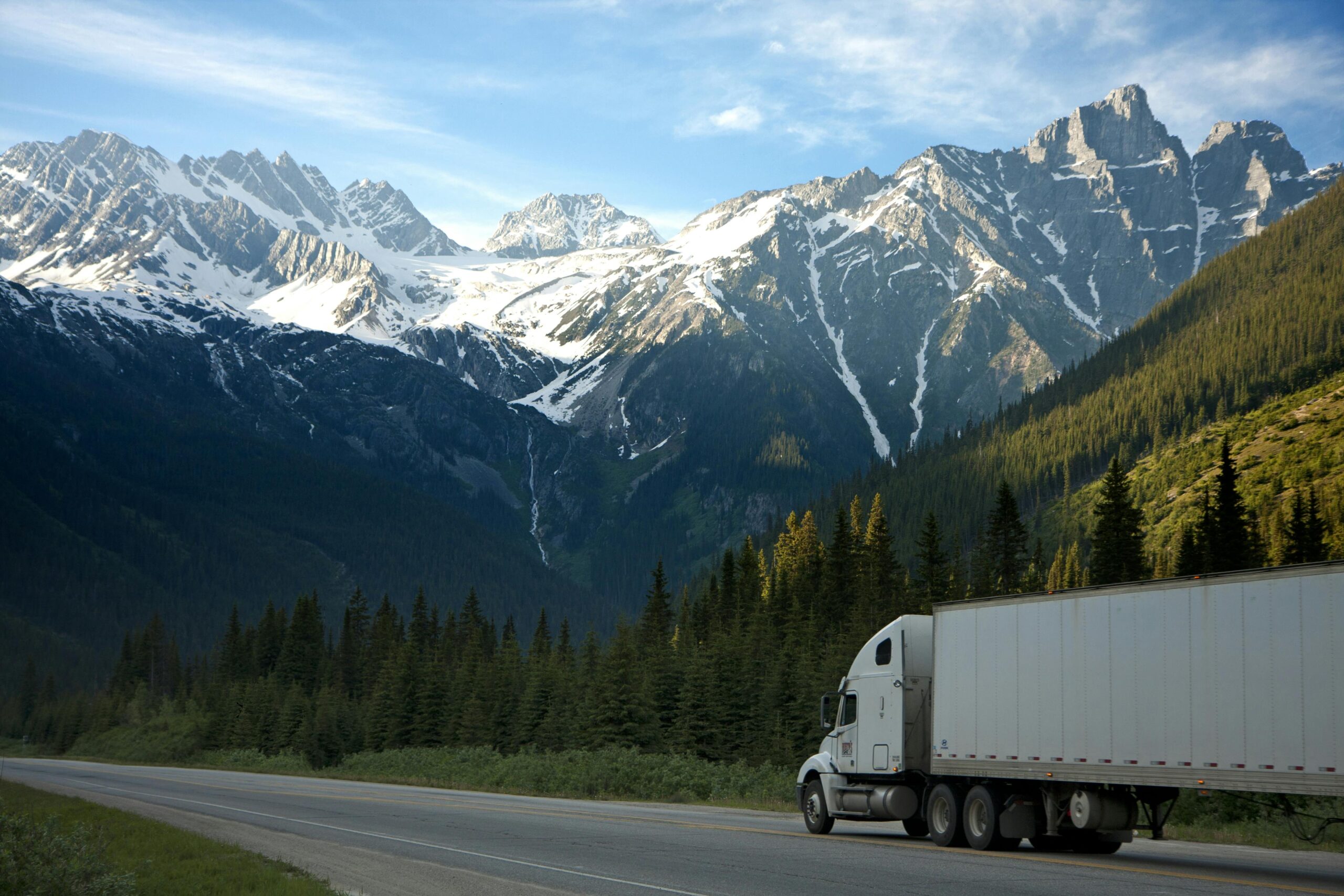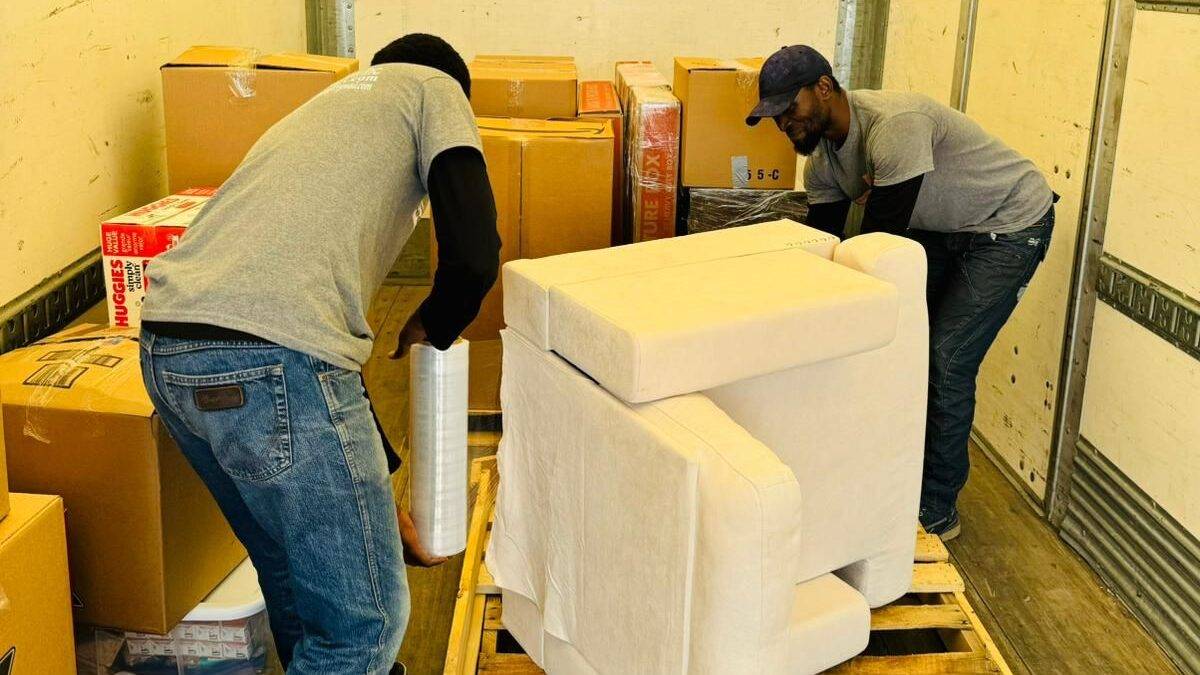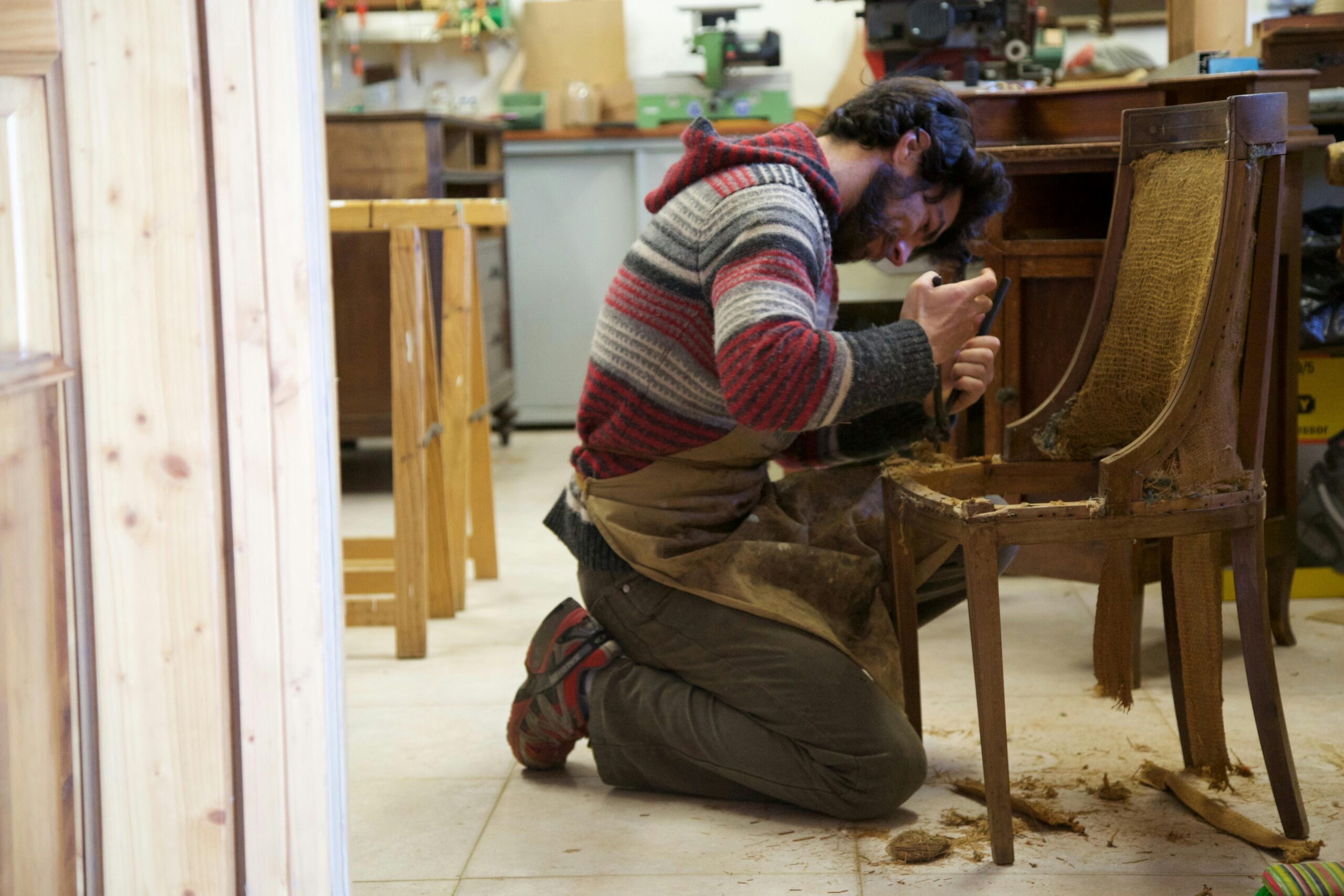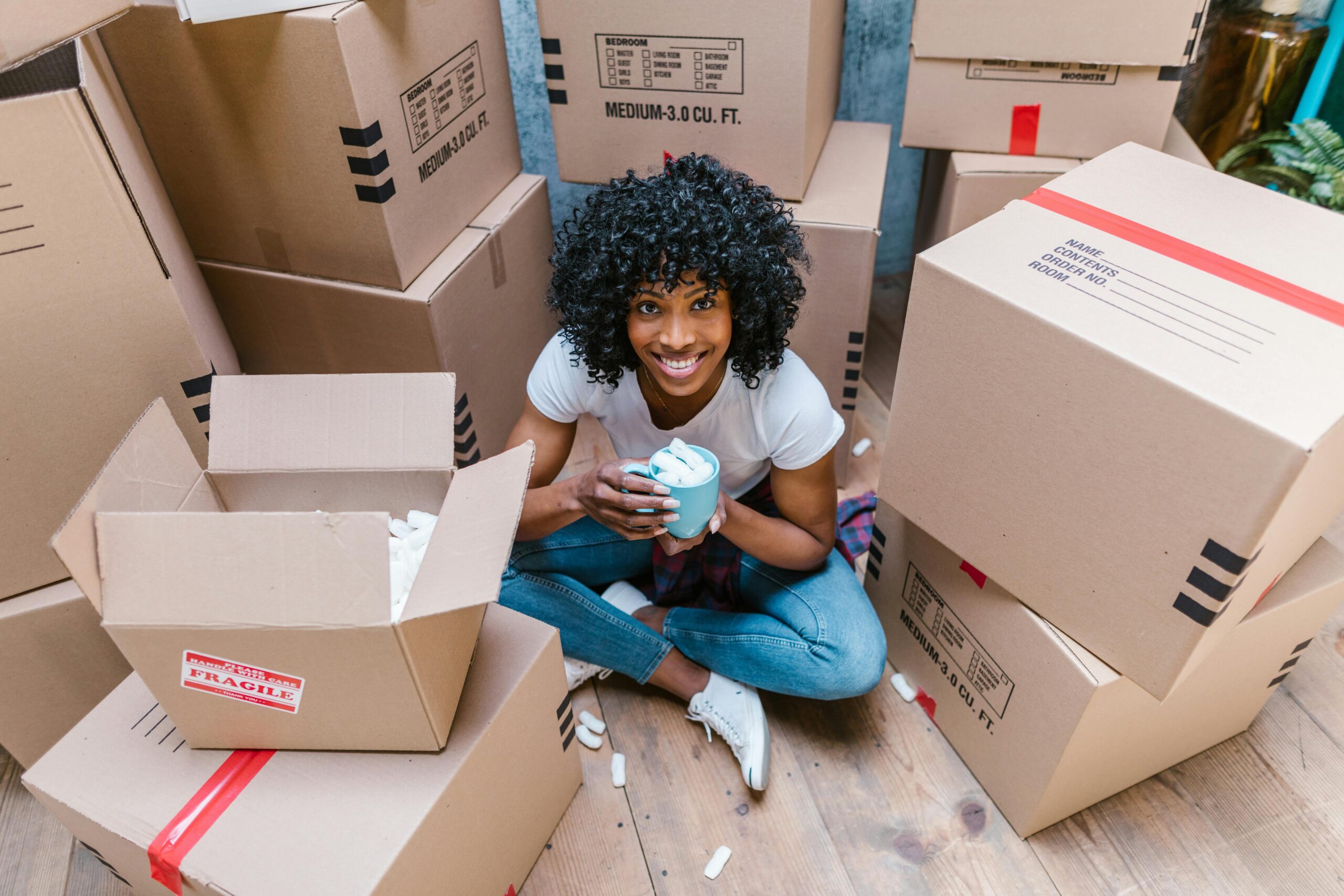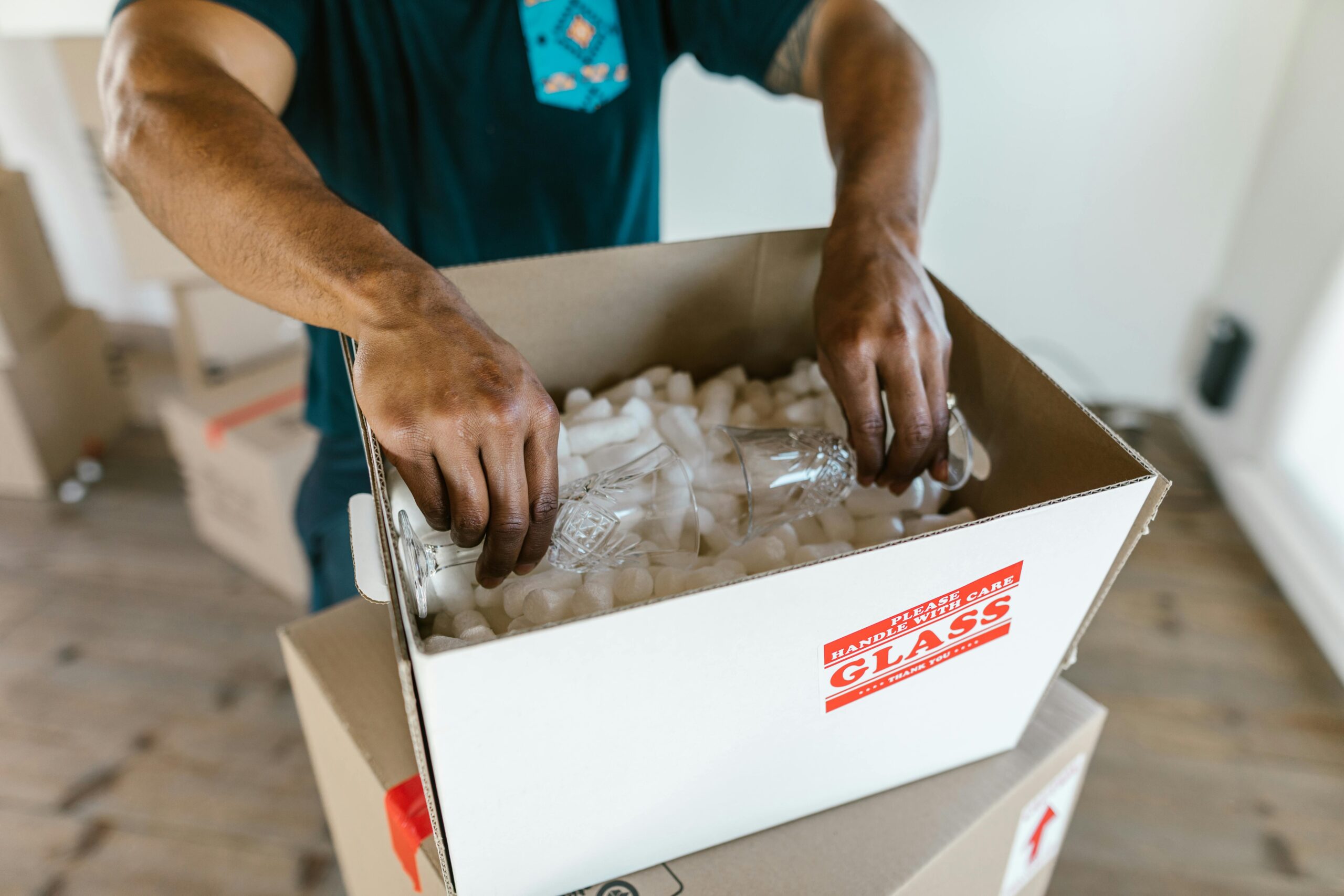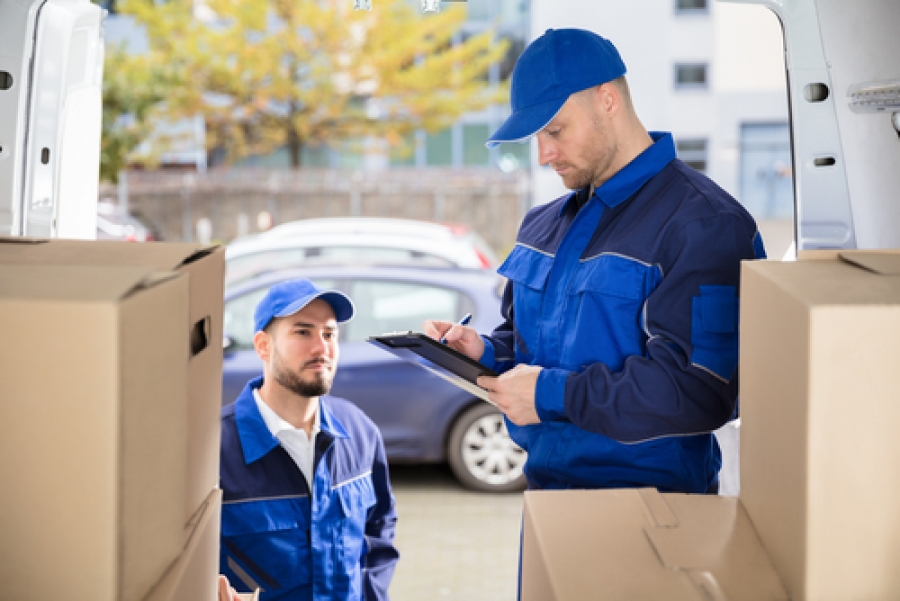
Packing a storage unit comes with its difficulties. Those with smaller storage space will experience space constraints, whereas larger storage units may not need to bother about space depending on the load moving into it. Usually, smaller storage units are self-owned or rented to save some money. Most people with smaller storage units have the same questions. At Deomas Movers we know how packing a storage unit can be difficult, which is why we are here to give you a step by step guide on how to pack a storage unit
Step 1: Choose the Right Boxes for Storage
Storage boxes can make all the difference when you face space constraints. You must choose the right boxes for your storage needs when packing for a move. There are several boxes with individual strengths and weaknesses. Understanding your storage needs and how each box caters to each need is the ultimate answer. Below are the different boxes and how you can use them.
- Cardboard boxes: Most common box type because they are affordable and light. They are also easy to pack, stack, and even label. They are also easily recyclable. However, they are not suitable for long-term storage because they are easily damaged by heat, humidity, and rodents.
- Plastic bins: Similar to cardboard boxes in their easy-to-pack and stack feature, but better for long-term storage. They are better resistant to moisture, heat and rodents. They generally cost more than cardboard boxes, so if you are thinking of short-term storage, then they are not ideal. They are also not as destructible as cardboard boxes.
- Specialty boxes: These are used to pack fragile and valuable items. Best used for dishes, electronics and others. They are either made from cardboard or plastic. Their greatest strength is that they come with inserts to keep objects inside from moving. However, they cost more than traditional boxes.
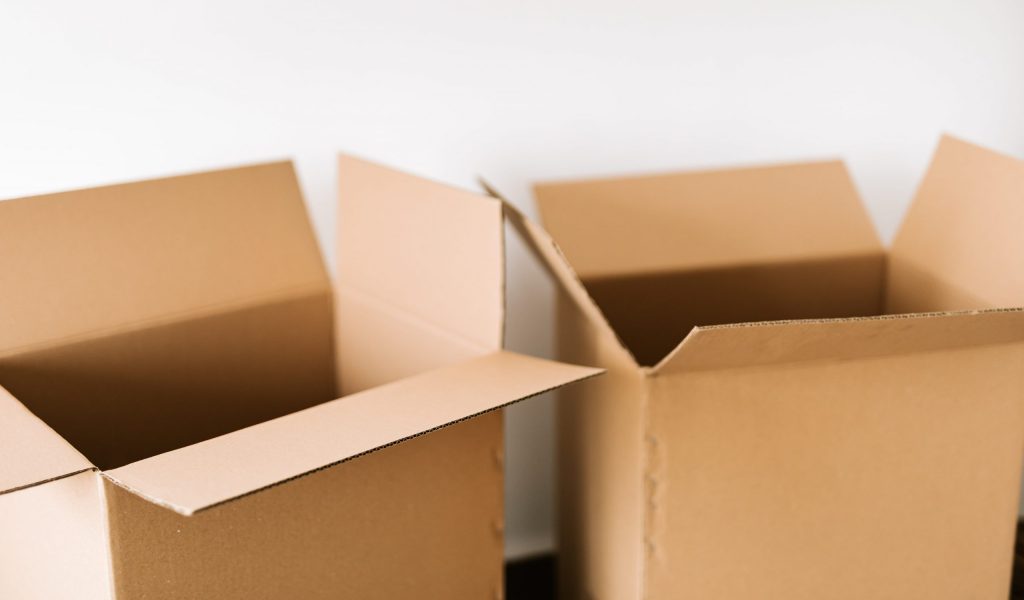
Step 2: Clean Your Items Before Storing Them
Although storage units are specially made to protect your properties, it’s better to clean your items before storing them to improve their shelf life. Remove the dirt from surfaces to help them stay clean. This also ensures that you can use your items directly from storage whenever you need them. Cleaning them also helps prevent the transfer of bugs, mold, and rodents from your old house to the storage unit and then your new home. Clean everything from kitchen appliances to furniture (indoor and outdoor) and clothing. Use the appropriate cleaning products for every item and ensure that they are completely dried before moving, packing, and stacking them in storage units. If you are still looking for the perfect storage unit for you, don’t forget to look for the best self-storage companies in your area.
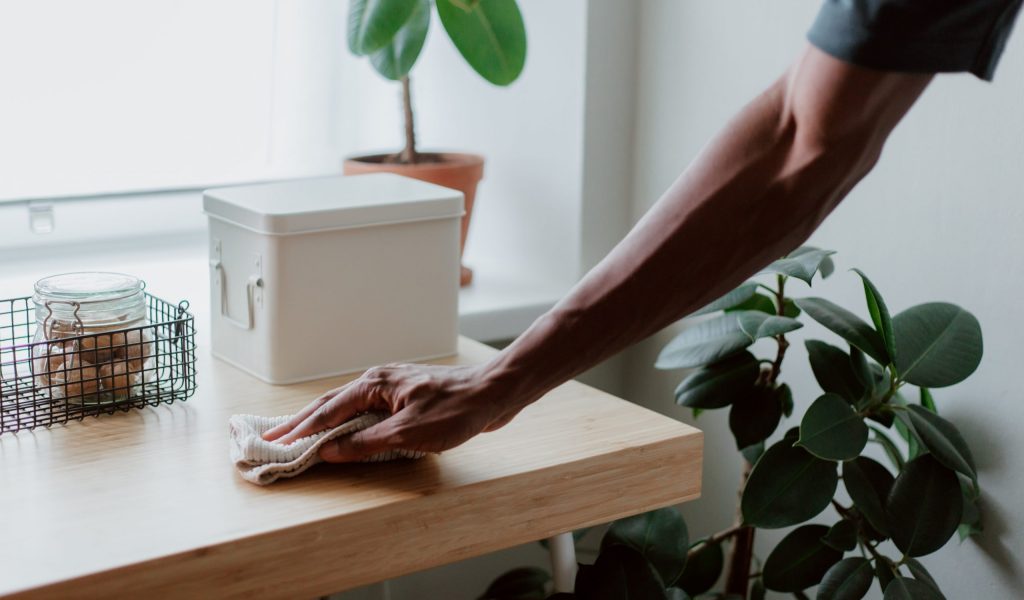
Step 3: Label Your Boxes Specifically for Storage
Labeling boxes when moving is straightforward. All you need to do is write the name of the content of the storage box directly on the box or a piece of paper and tape it to the box. Although, when discussing how to label your boxes specifically for storage, there are a few key things to note, which will help you easily identify and keep track of your boxes on the move and in storage units. Here are some storage unit tips and tricks for labeling your boxes.
- If you are using a piece of paper, ensure you secure it with clear tape to avoid covering any written information. Tape all edges firmly to the box. Feel free to go over each layer of tape.
- Ensure your labels are clear and easy to read. For clarity, use large block letters.
- Avoid using pencils when labeling as they can wipe off easily. Do not use dry erase markers directly on plastic; they will wipe off easily.
- Label the storage boxes on the sides and not the top, so they are not hidden when stacked. Also, label all the faces of the box so they can be identified from every side.
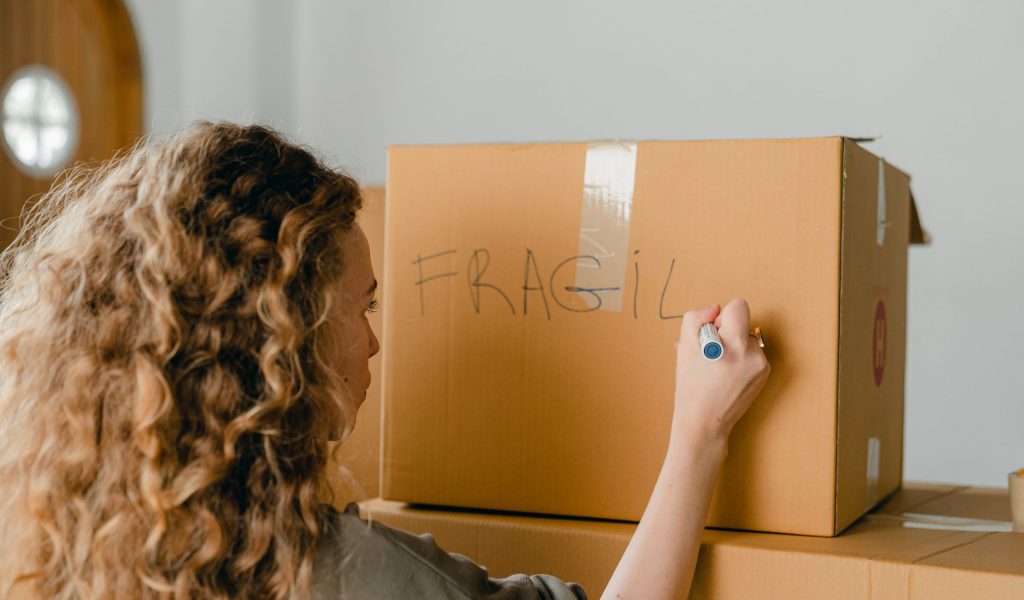
Step 4: Take Apart Large Furniture or Store It Vertically
Size is a major constraint when focusing on packing a storage unit. It is a little smaller than a standard one-car garage. So, to maximize space, the best thing to do is tackle large furniture or store it vertically. Taking furniture like a bed frame or shelf apart makes carrying it easier. When dealing with furniture like tables that you cannot disassemble, you can store them vertically against the wall to maximize your available space. Do not forget to get appropriate protection pads for your furniture, especially breakables like mirrors.
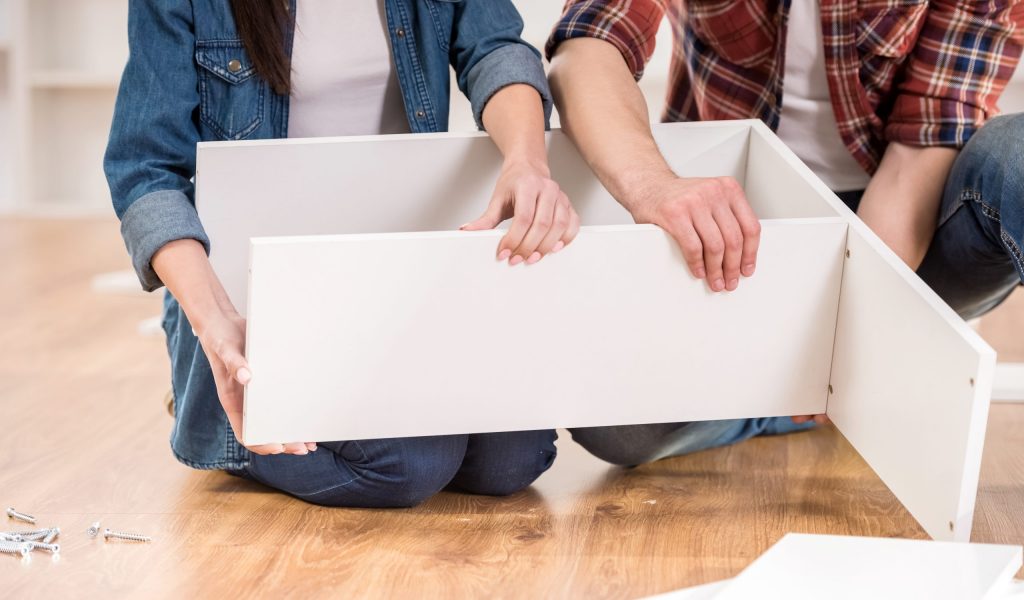
Step 5: Pack the Heaviest Boxes at the Bottom and the Lightest at the Top
It’s important not to make your boxes too heavy, so they are easy to carry and move. As a rule of thumb, heavy items go in smaller boxes, so you do not get the opportunity to overload a box. However, relatively speaking, when it’s time to stack the boxes in the storage unit, pack the heaviest boxes at the bottom and the lightest at the top. This step is to prevent one thing, squashing. The weight of the heavy boxes will crush the lighter boxes if placed on top. This will damage the box and the content. This could lead to extremely costly losses for valuable items.
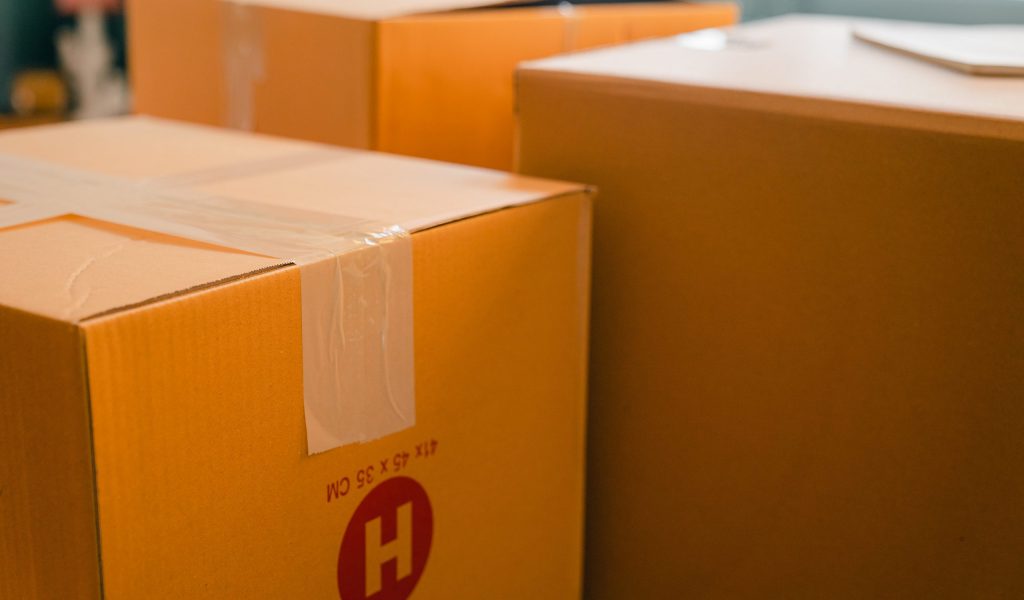
Step 6: Pack Your Most Used Items at the Front of the Storage Unit
This is one of the most straightforward and important hacks on the storage unit tips and tricks list. You must pack your most used items at the front of the storage unit because you may need immediate access to them. The most used items vary among individuals, but they are mostly items used for work or school, sports, and other activities. You do not want to have to go through piles of stacked-up boxes because you need your hockey gloves that are packed in a box somewhere at the back of the unit.
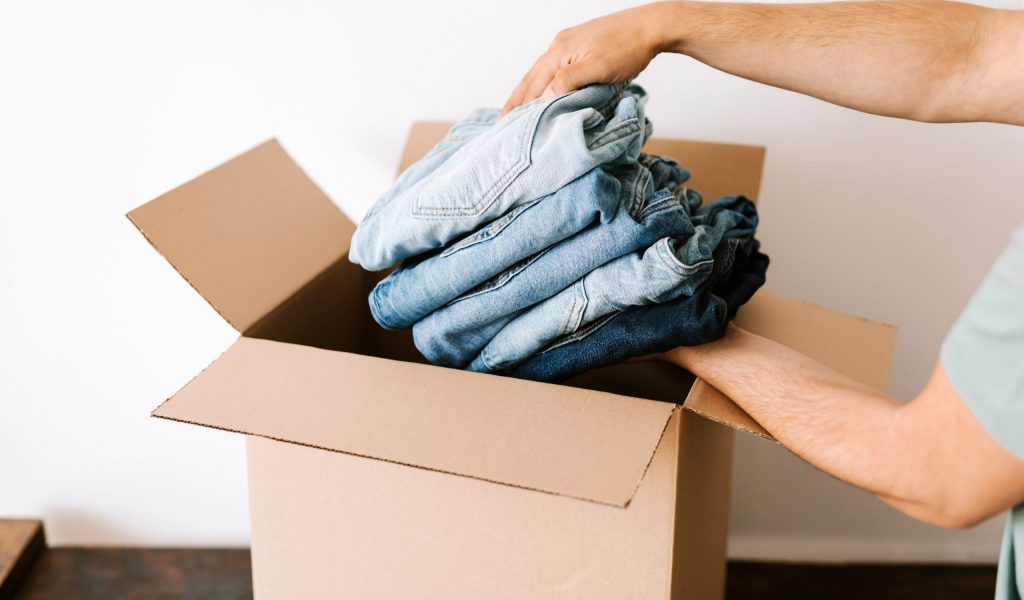
Frequently Asked Questions on Packing a Storage Unit
Where Do You Place Appliances in a Storage Unit?
Appliances should be placed upright and toward the back of your storage unit because they are some of the biggest and heaviest items. You should also consider storing your appliances off the ground by using pallets to avoid dents or pressure.
How Do You Pack Appliances for a Storage Unit?
It doesn’t matter if you are storing for a month or long term; you need to pack your appliances properly. How do you pack appliances for a storage unit?
- Drain water from hoses, holding tanks, and other internal components. Stale water can cause mold to grow in your appliances such as refrigerators, washing machines, dishwashers, and water heaters.
- Clean and dry all appliances. Use appropriate cleaning agents that kill germs, insects, and odors.
- Pack and store appropriately. Use paddings and bubble wraps where necessary. Use strong tape to hold appliance doors in place.
How to Pack Electronics for a Storage Unit?
When thinking of packing electronics for a storage unit, the best way is to use their original boxes. This is because they are a perfect size, and they are made specifically for moving and shipping. They also help with easy identification in the storage unit. Read the instructions in the original box and follow the recommended storage guidelines. If you can’t find the original instructions, you can visit the manufacturer’s website for information on how to properly store your devices. If you don’t find the original boxes, you can buy some cardboard boxes designed for electronics along with tape, scissors and wrapping materials such as linen. It is recommended to wrap your electronics before putting them in the box to avoid any damage.
How to Pack Clothing in a Storage Unit?
Clothes can be damaged if they are not packed properly in your storage unit. In a poorly climate-controlled storage unit, mold can grow on your clothes after just a few weeks in the box. To prevent this from happening, here’s how to pack clothing in a storage unit.
- Wash and dry all your clothes.
- Do not vacuum pack. Only do this for short-term storage.
- Store clothes in airtight plastic containers with clip-on lids.
- Store in a clean, dark, and cool environment.
How to Maximize Your Storage Unit Space?
You’ve looked at all your boxes, and now you are wondering how they’ll all fit into your self-storage unit. You are stuck thinking of how to maximize your storage unit space. Well, these four tips for storing things in a storage unit will help you use your limited space wisely.
- If you are thinking short-term, it’s great to vacuum large clothing items like blankets and winter jackets. This will help create space in the box for more clothes.
- Store some boxes in the drawers and cupboards of your bookshelves and dressers.
- Go vertical. Stack boxes upwards, disassembled bed frames can stand straight against the wall, and mattresses can stand on their sides.
- Use fewer plastic bags and more boxes (cardboard or plastic). Boxes stack better than bags.



